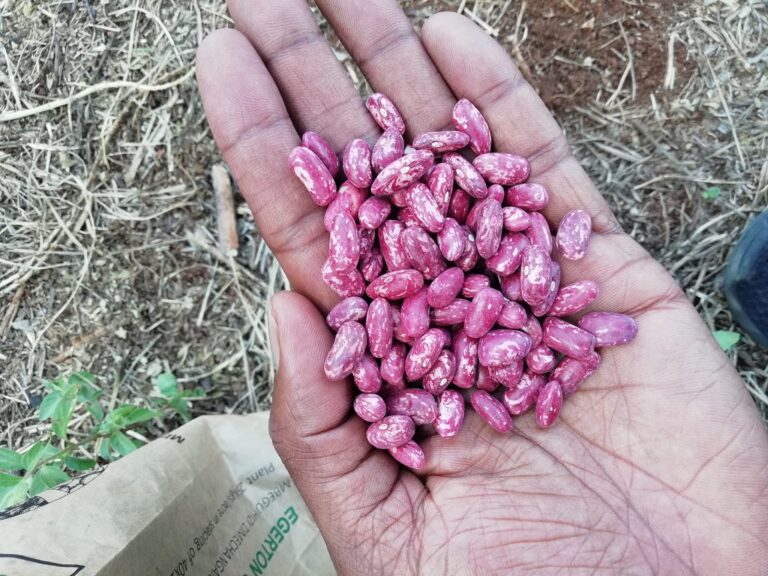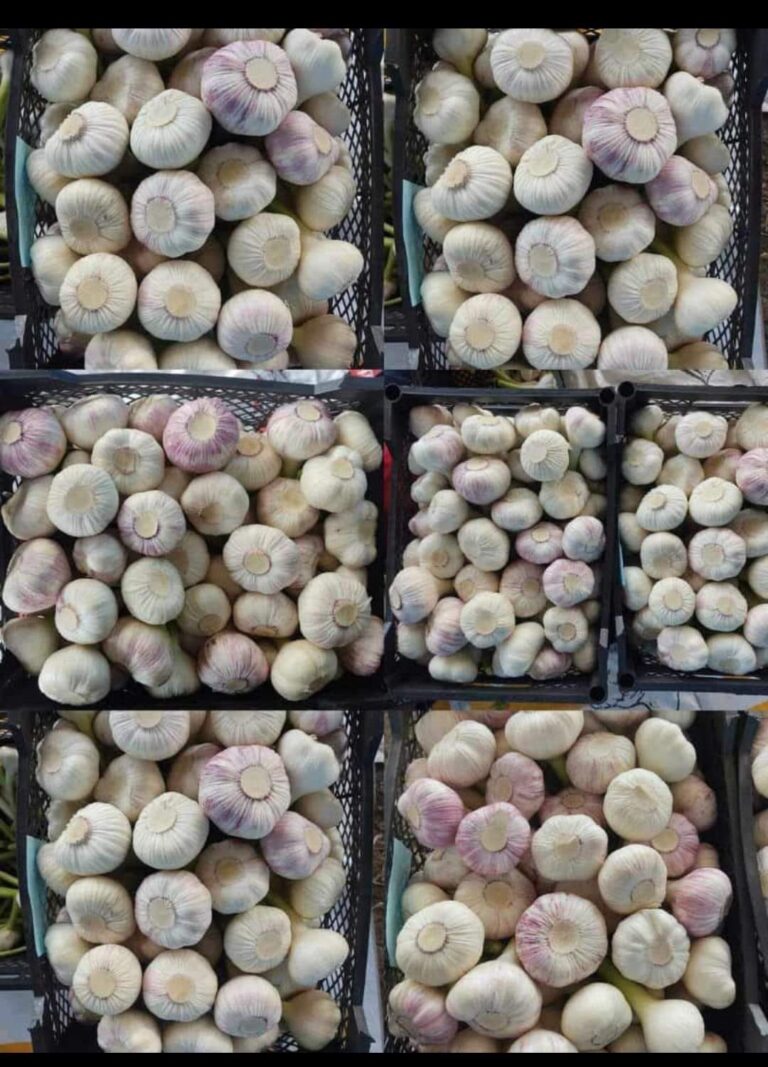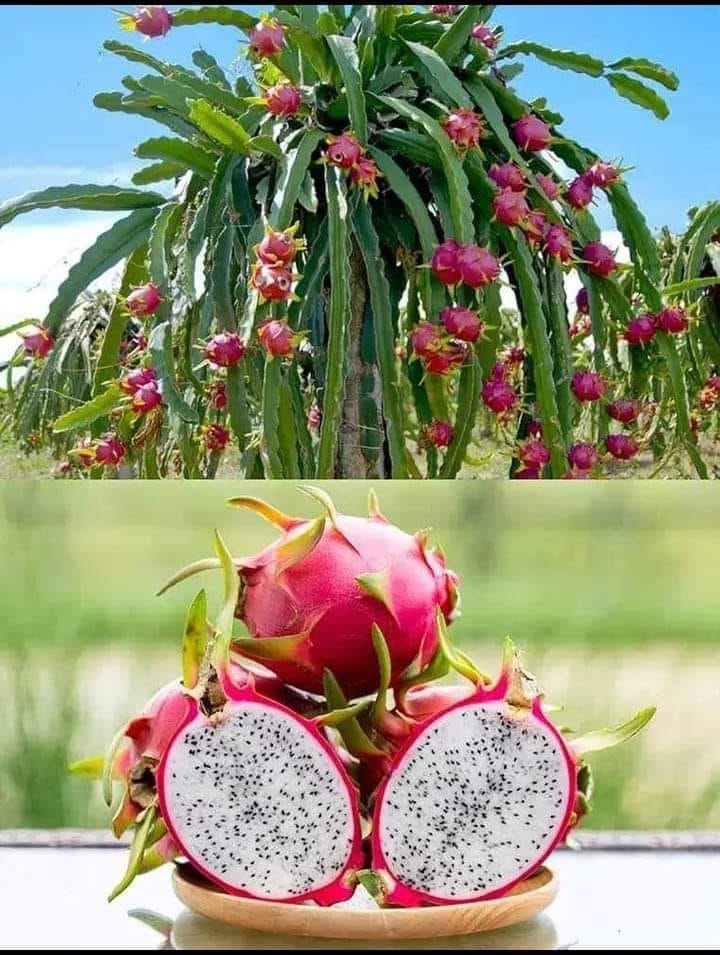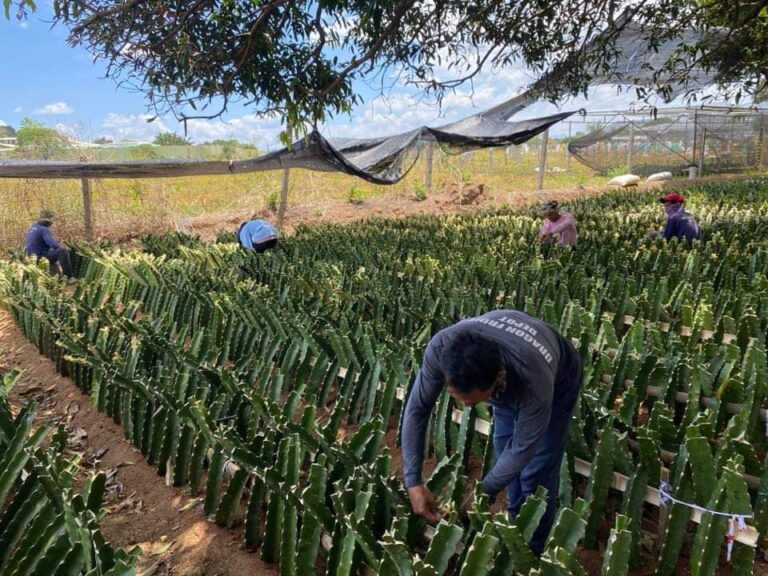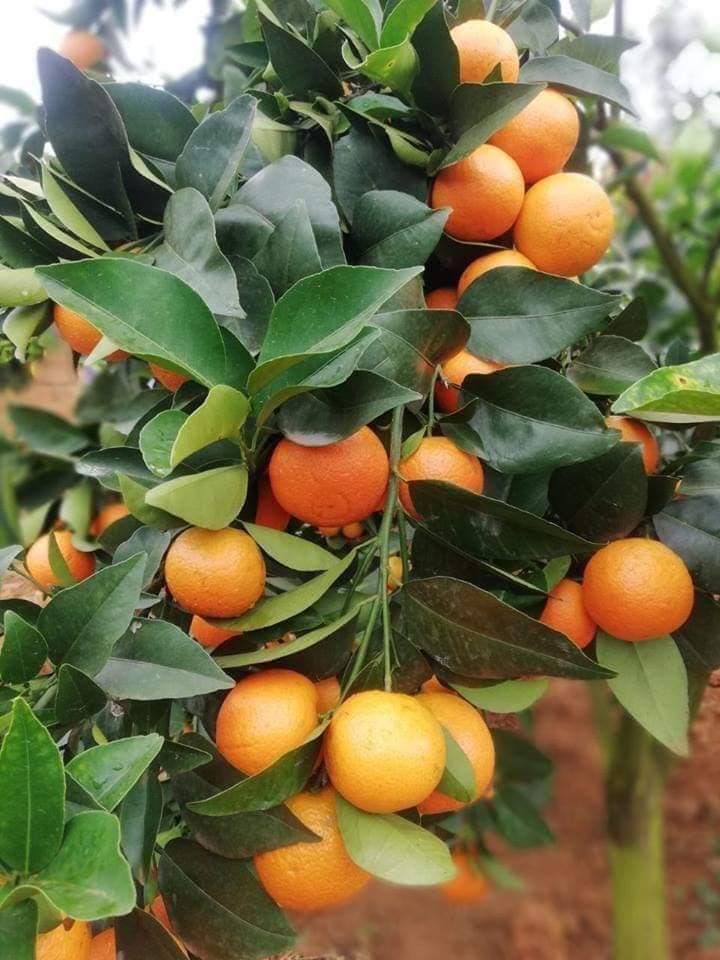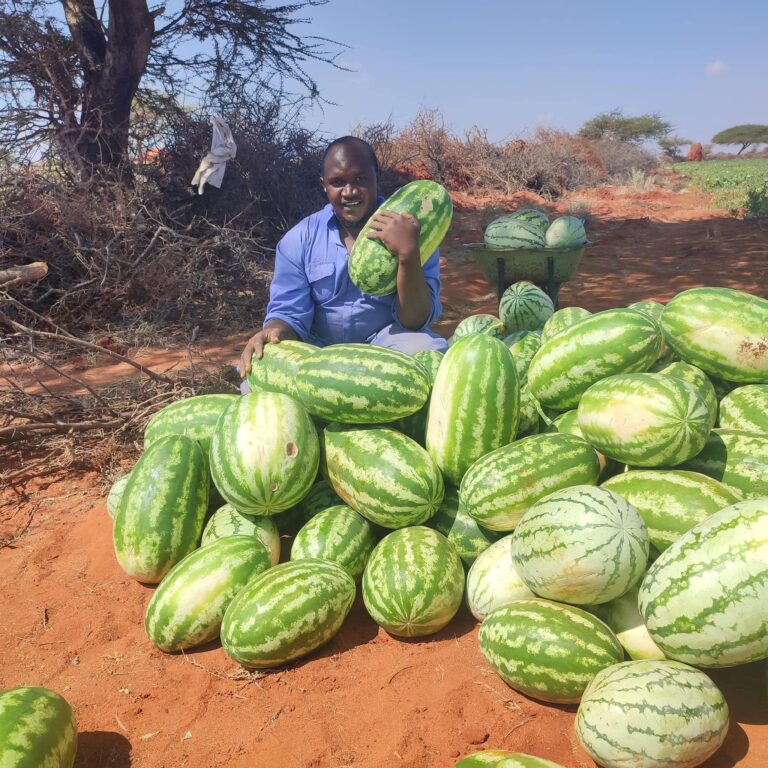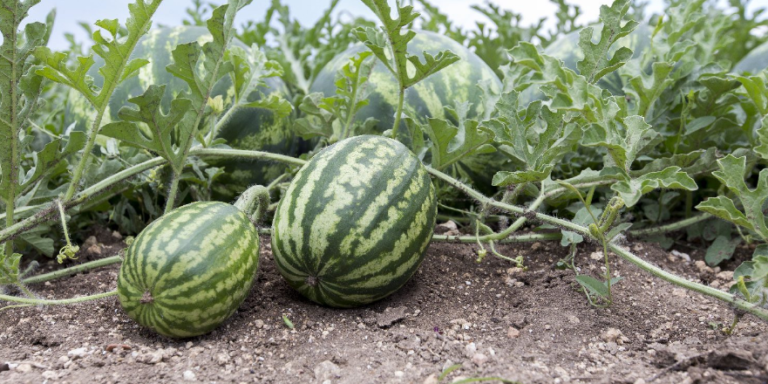High Yielding Beans Varieties in Kenya, Yield Per Acre & Maturity Period
High Yielding Beans Varieties in Kenya The high-yielding bean varieties in Kenya include Nyota, Kenya Red Kidney, Mwitemania, Rosecoco, Wairimu, KAT X56, Mwezi Moja, GLP 2, KK8, Yellow, Nyayo, and Chelalang beans. These varieties offer different yields, maturity periods, and unique characteristics suited to various regions and market needs in Kenya. Each variety has its…
